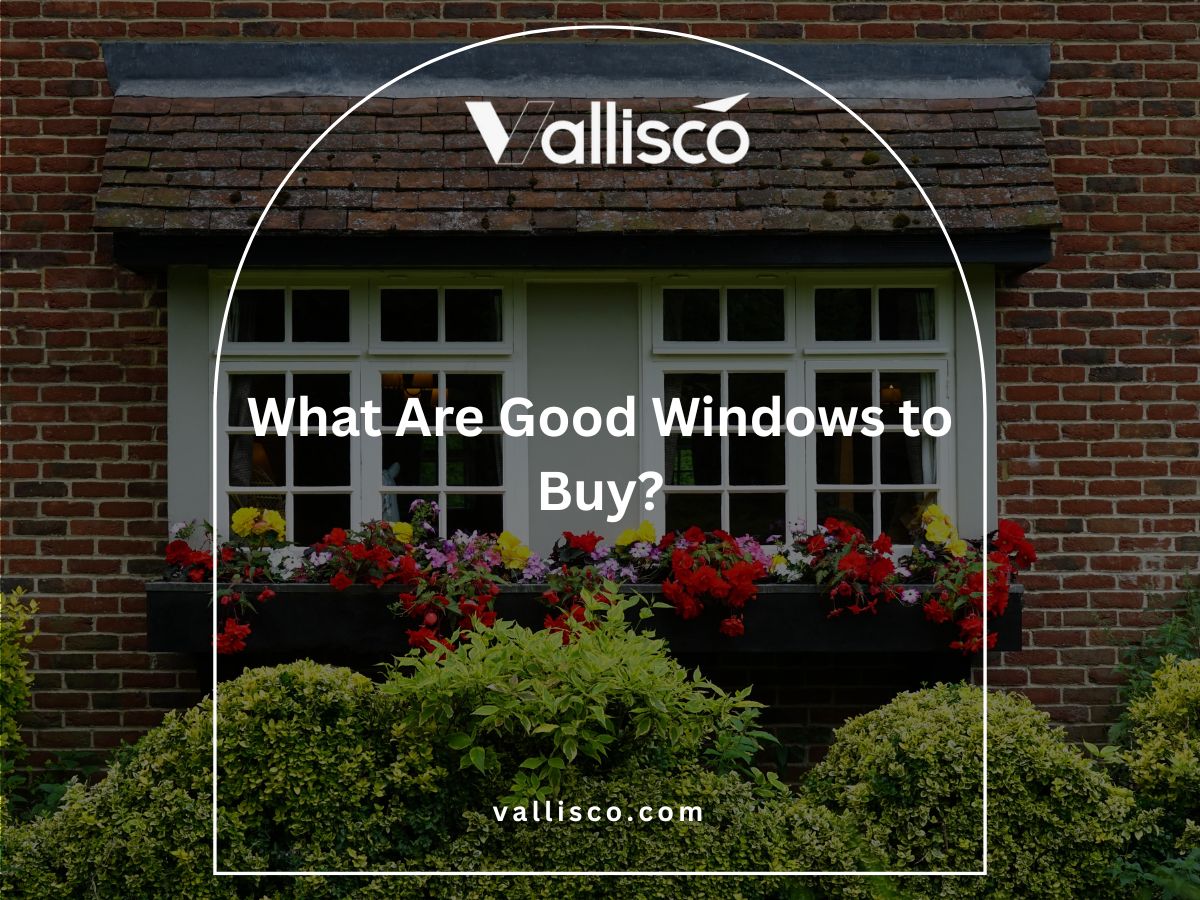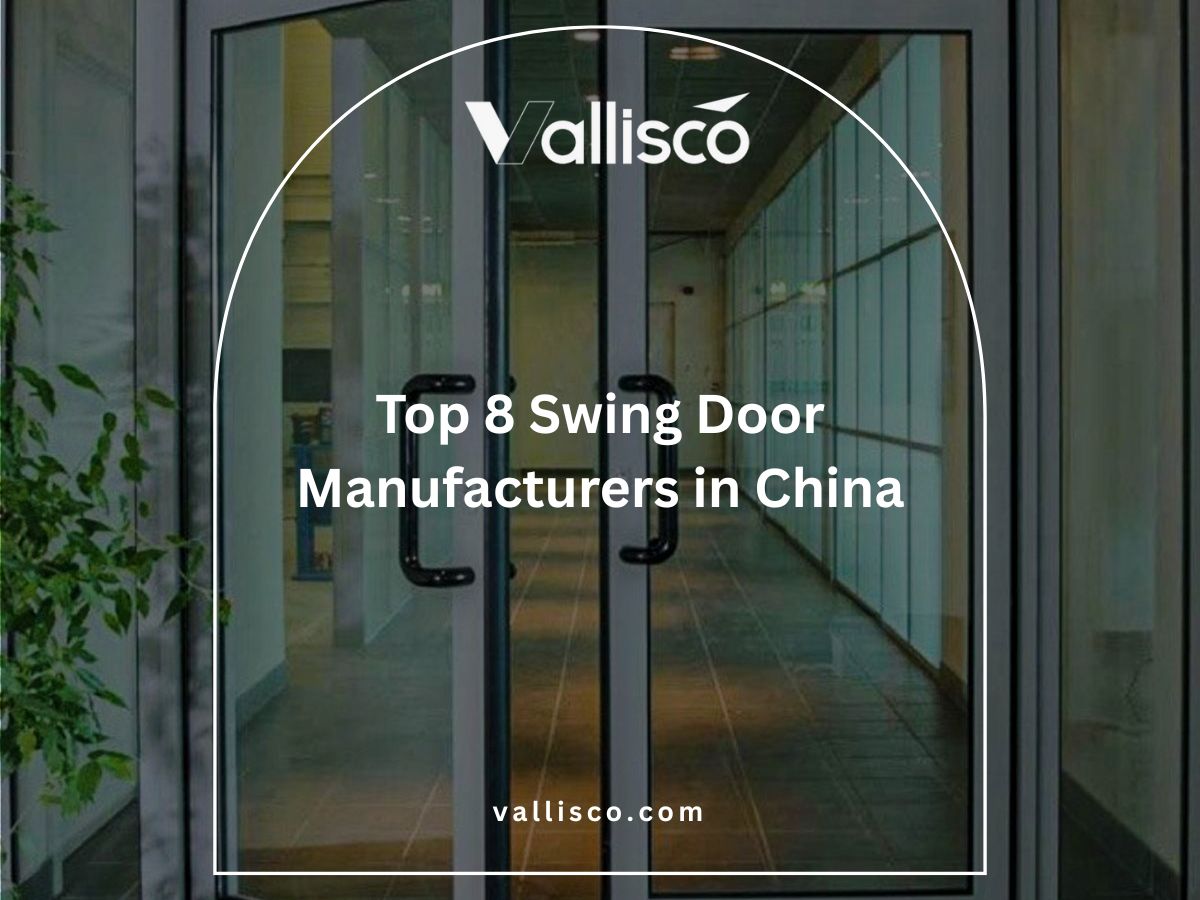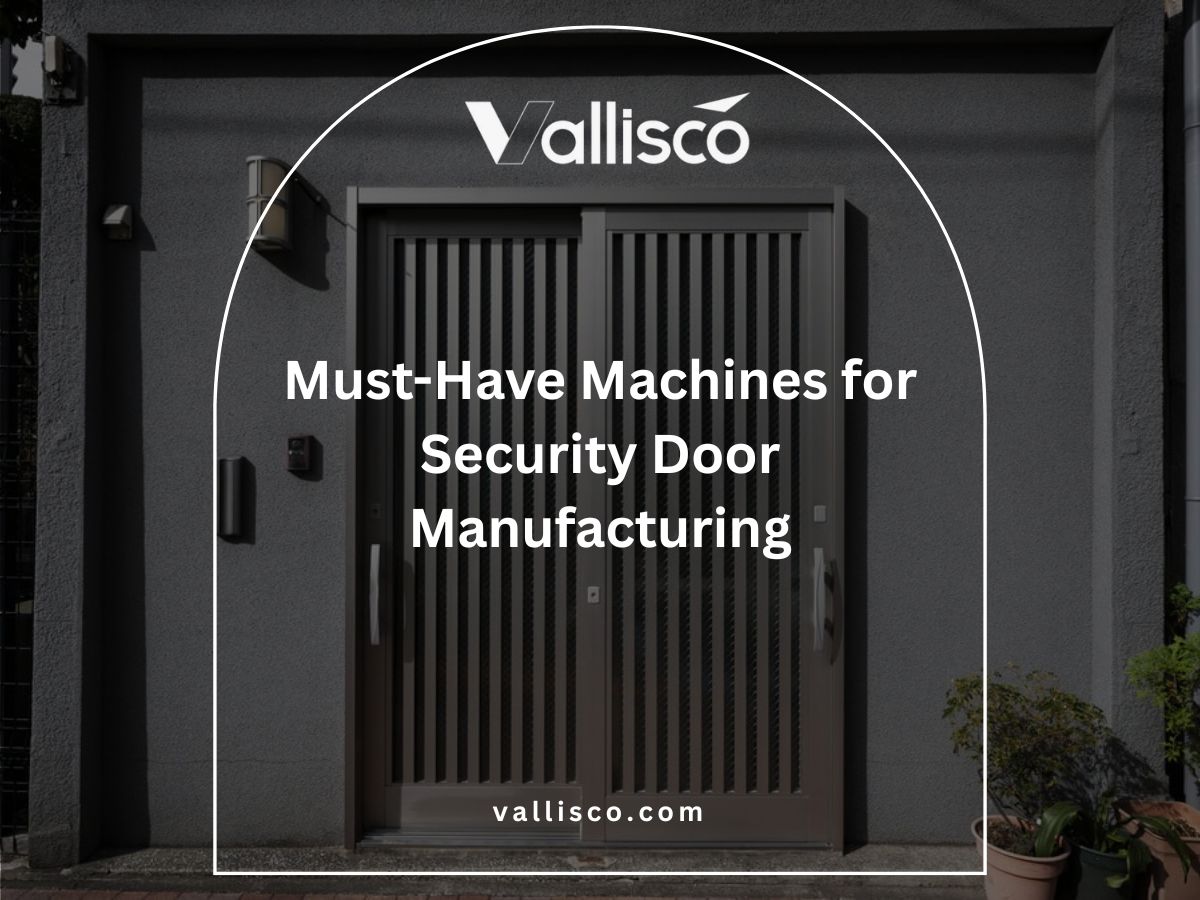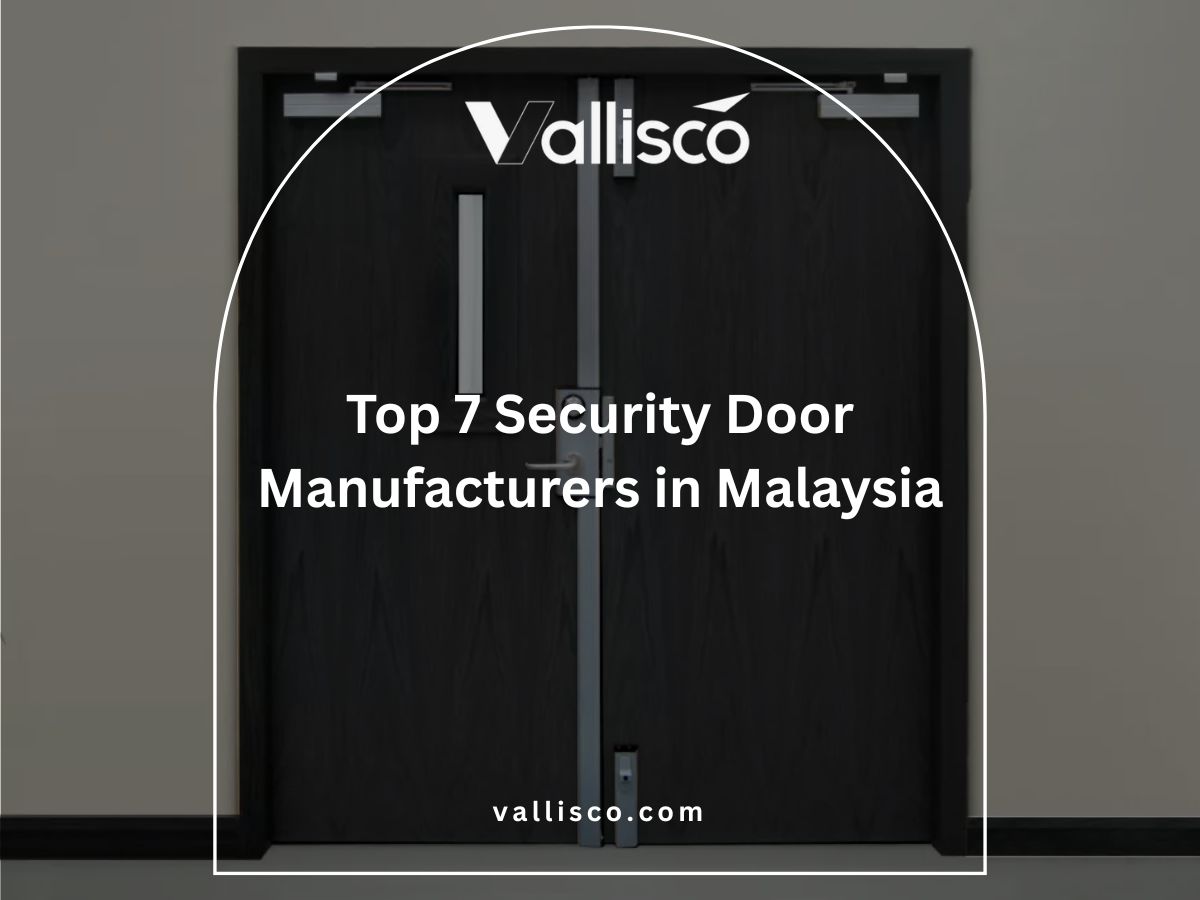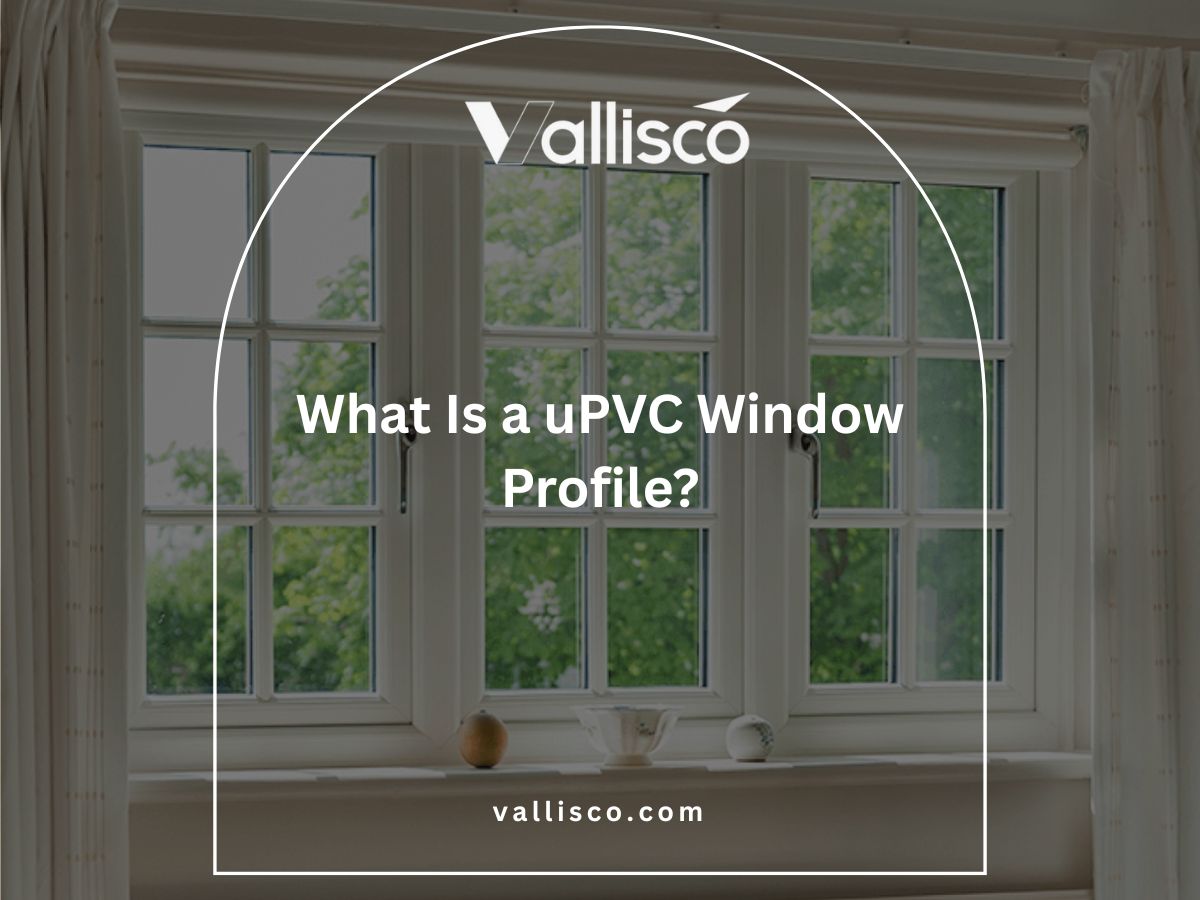I still remember a B&B project where the flush doors looked fine on paper but performed poorly once installed. We ended up reordering replacements and wasting valuable weeks.
That kind of setback is exactly why you need to understand commercial flush doors before buying.
I’ve reviewed supplier catalogs, tested installations, and followed up with teams who use these doors daily. What I share here is not theory, it’s based on what works on-site.
In this article, you’ll learn what flush doors are made of, where they fit best, the benefits, and the points you must check before choosing. By reading through, your intent to find reliable guidance will be met.
Doors may seem simple, but they can define the success of your project.
So, let’s jump in!
1. What Is a Commercial Flush Door?
A commercial flush door is a simple, flat door with a smooth surface on both sides. Unlike paneled doors, it doesn’t have raised designs or grooves. I like to think of it as a clean, practical option that works well in busy commercial settings like hotels, offices, or B&Bs.
For your projects, this type of door offers a balance of durability and function without extra design distractions. You’ll often see them used where performance, cost, and a neat look matter more than decorative details. If you’ve ever had to choose doors for a large property, you know how valuable that straightforward balance can be.
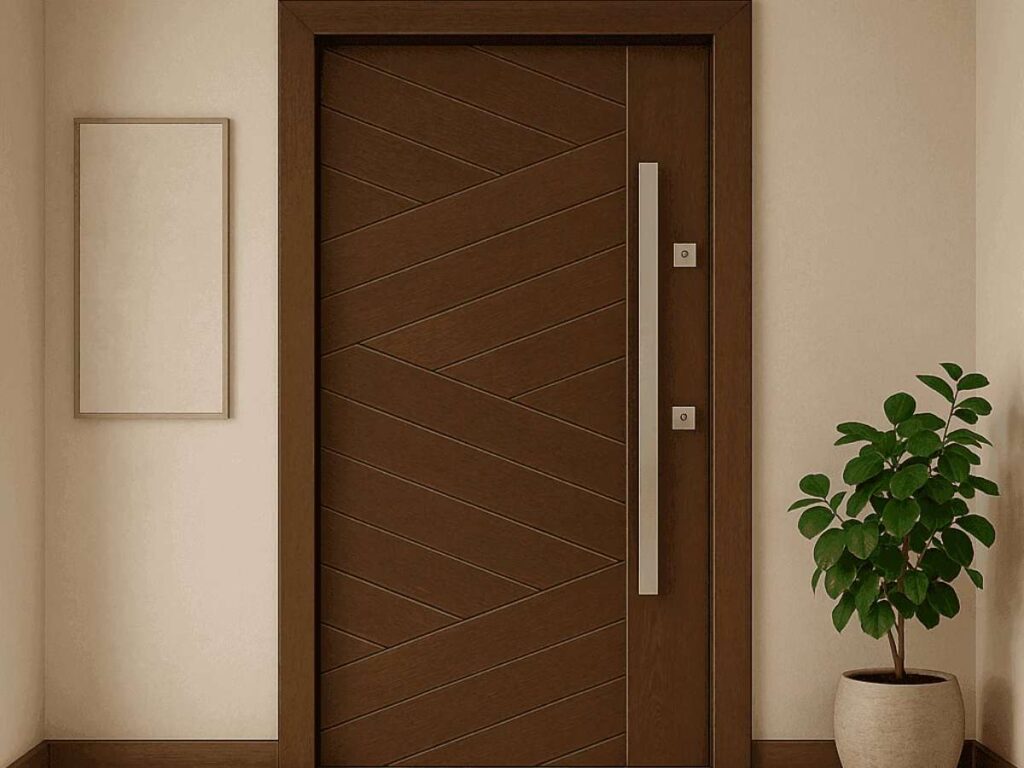
2. Types of Commercial Flush Doors
There isn’t just one kind of commercial flush door. The type you choose depends on the space, the traffic it handles, and the budget. Below are the most common options you’ll come across in projects.
Solid Core Flush Doors
Solid core flush doors are built with a dense wooden or composite core. They’re strong, heavy, and excellent for sound insulation. These doors are a solid pick for hotels, offices, and places that need durability and quiet. If your project demands strength and security, this type is often the first choice.
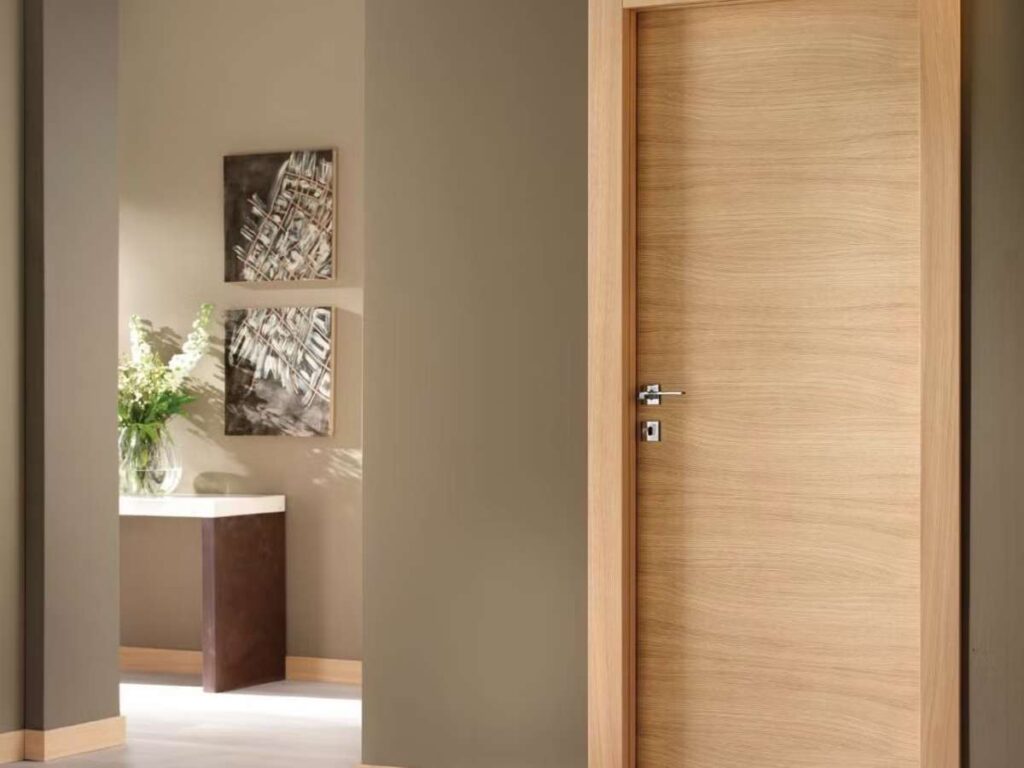
Hollow Core Flush Doors
Hollow core flush doors have a lightweight frame with a hollow center, often reinforced with honeycomb or cardboard. They are cheaper and easier to install, but they don’t perform as well for sound or impact resistance.
I’ve used them in projects like storage areas or spaces with lighter use. If cost is your top concern, this may fit your needs.
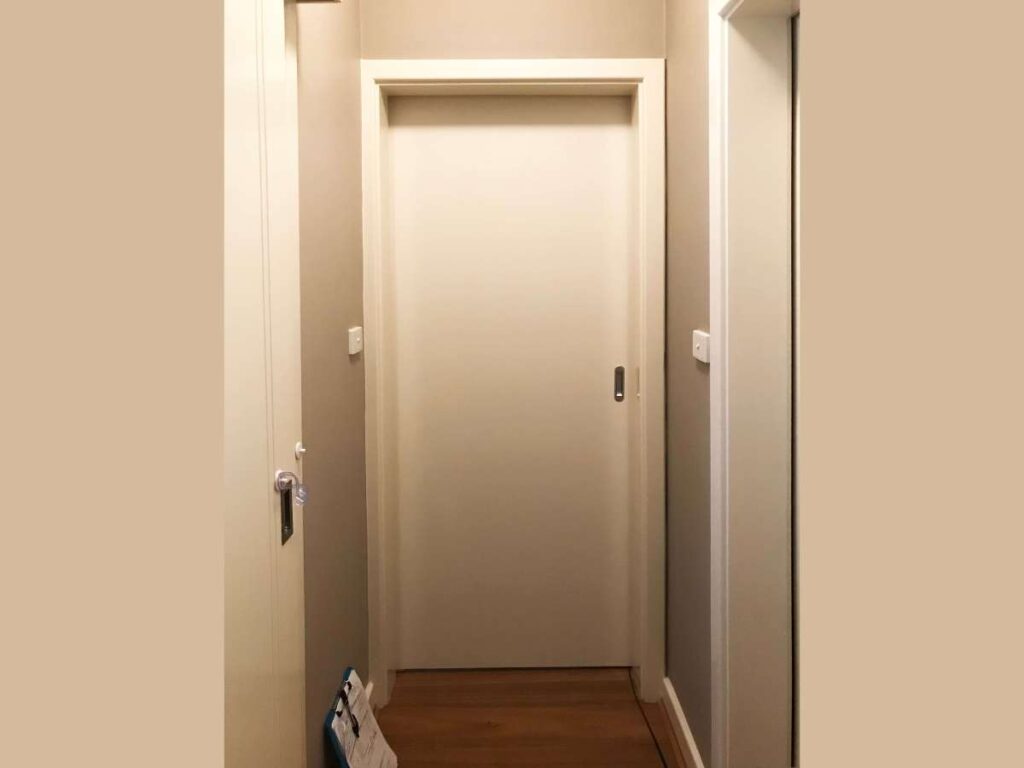
Laminated Flush Doors
Laminated flush doors have a protective laminate sheet on the surface. That layer makes them more resistant to scratches, stains, and moisture. They’re often chosen for offices, schools, or areas that see heavy daily use.
I like this option because it reduces maintenance headaches over time. If you want this type of commercial flush door, Vallisco provides reliable laminated options built to handle demanding environments. Their doors combine durability with a clean finish that fits a wide range of commercial spaces.

Veneered Flush Doors
Veneered flush doors come with a thin layer of natural wood veneer on the outside. They give the appearance of solid wood while staying budget-friendly.
This type works well in villas or hotels where you want a warmer finish without high costs. They combine looks and practicality in one package.
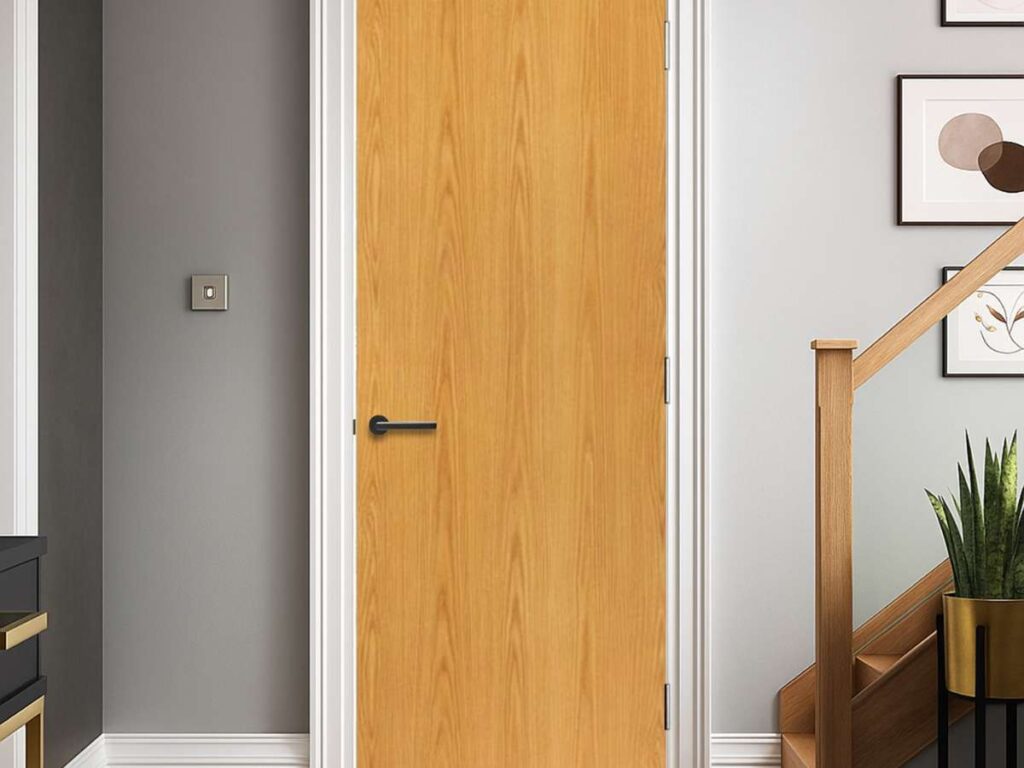
Fire-Rated Flush Doors
Fire-rated flush doors are built with fire-resistant cores, giving protection for 30, 60, or even 90 minutes. They’re often required by code in commercial spaces for safety.
I’ve worked on projects where these doors were non-negotiable for compliance. If your property needs to meet strict safety rules, this option is essential.
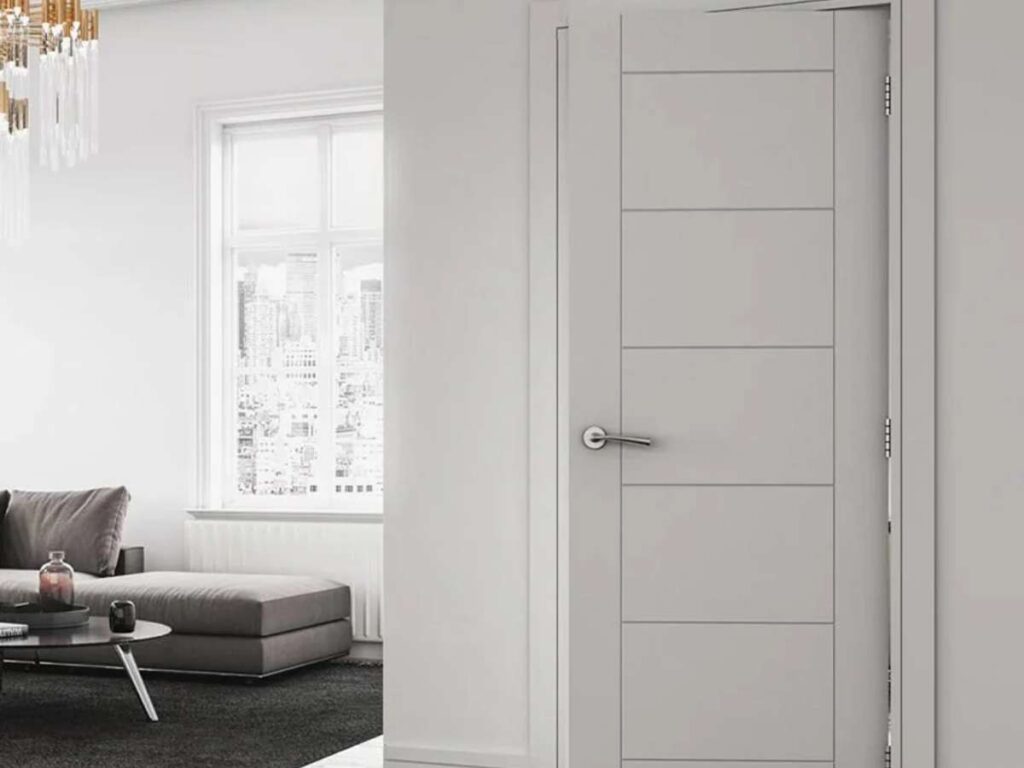
3. Advantages of Commercial Flush Door
I know that commercial flush doors can bring real value to a project when chosen correctly. They’re not just simple in design, they also deliver benefits that matter for hotels, villas, offices, and other properties. Here are the key advantages.
Durability and Strength
Flush doors can handle frequent use in high-traffic areas. With solid cores or reinforced materials, they resist wear and tear from daily operation. For large properties, this means fewer replacements and less downtime. That kind of dependability is valuable when managing multiple rooms or buildings.
Cost-Effectiveness
Compared to other door types, flush doors are budget-friendly to purchase and install. Businesses often choose them when ordering in bulk because they keep projects on track financially.
In many cases, this makes them the practical choice for meeting both design and cost targets.
Easy Maintenance
The smooth, flat surface makes these doors simple to clean. Marks, dust, or stains can be wiped away quickly, which saves staff time.
This is why they’re a popular choice for spaces like schools, offices, and commercial kitchens. Lower maintenance needs often translate to lower ongoing costs for your projects.
Versatile Design Options
Flush doors are available in laminate, veneer, or painted finishes. This flexibility allows them to match different interiors, from a modern office to a traditional guesthouse. You can achieve both a professional look and reliable performance with the same door type.
That adaptability makes them useful across a wide range of projects.
4. Materials Used in Commercial Flush Door
The material you choose has a direct impact on performance, cost, and durability. Some are better for high-traffic commercial spaces, while others are chosen for budget-friendly projects. Here’s a look at the most common options.
- Plywood: Plywood is widely used because it’s strong, stable, and holds up under pressure. I’ve seen it work well for hotels that need long-lasting doors.
- MDF (Medium Density Fiberboard): MDF provides a smooth surface that’s easy to paint or finish. For your projects, it offers a clean look at a lower price, though it isn’t as strong as plywood.
- Particle Board: Particle board is lightweight and very affordable. It’s better suited for low-traffic spaces where cost matters more than long-term durability.
- Laminates: Laminates add a hard layer that resists scratches, stains, and daily wear. This makes them popular for schools, offices, and other spaces with constant use.
- Veneer: Veneer gives flush doors the appearance of natural wood without a higher cost. I recommend it when style is important but budgets are tight.
- Metal Sheets: Some flush doors are reinforced with steel or aluminum sheets for security. These are common in commercial properties where safety is a top concern.

5. Commercial Flush Door vs Other Type of Commercial Doors
I’ve compared flush doors with many other options, and the differences become clear when you break them down by feature. This quick table helps you see at a glance which door type fits your project best.
| Feature | Commercial Flush Door | Panel Door | Glass Door | Metal Door | Wooden Door |
| Cost | Low cost | Higher price | Expensive | Costly | Expensive |
| Durability | Medium–High | High | Low | Very high | High |
| Maintenance | Easy clean | Regular upkeep | Frequent cleaning | Low upkeep | High upkeep |
| Appearance | Simple, plain | Decorative | Modern, sleek | Industrial | Elegant |
| Weight | Light–Medium | Heavy | Medium | Very heavy | Heavy |
| Sound Insulation | Moderate | Good | Poor | Good | Excellent |
| Fire Resistance | Optional (fire-rated) | Moderate | Low | Excellent | Low |
| Best Use Cases | Hotels, offices | Luxury villas | Offices, lobbies | Industrial sites | High-end homes |
6. Installation and Maintenance Tips
Even the best commercial flush door won’t last if it’s installed poorly or ignored during maintenance. The process is straightforward, but a few simple practices can save you time and money over the years. Here are some tips worth keeping in mind.
Prepare the Frame Properly
The frame should always be level, square, and strong before installing a flush door. If the frame is off, the door will never sit right and could wear out faster.
Take time to check your measurements and alignment. That early effort prevents bigger problems later in the project.
Use the Right Hardware
Flush doors perform best with hinges, locks, and handles that match their weight and thickness. I recommend choosing heavy-duty hinges for solid core doors since they carry more load. Poor hardware choices often lead to sagging or misalignment over time.
Investing in the right fittings saves you from early replacements.
Regular Cleaning and Care
Flush doors are easy to clean, but they still need attention. Dust, dirt, and fingerprints can build up if left alone. A simple routine of wiping with a soft cloth and mild cleaner goes a long way.
In busy spaces, this small step keeps the doors looking professional for years.
Check for Damage Early
Small cracks, scratches, or loose edges may look minor at first, but they grow quickly with constant use.
I’ve noticed that early fixes are always cheaper than major repairs later. Encourage your maintenance team to inspect doors regularly. That habit keeps your property in good condition and avoids sudden replacements.
7. 3 Factors To Consider When Choosing Commercial Flush Door
Picking the right flush door goes beyond price. You need to think about how it will perform in your space, who will use it, and what kind of maintenance it requires. Here are some factors to consider when deciding:
Usage and Traffic Level
The amount of daily traffic plays a big role in your choice. High-traffic areas like hotels or schools need solid core flush doors for strength and sound control. Light-use areas can manage with hollow core doors, which save money.
Matching the door to its environment will keep your project on track and extend the door’s lifespan.
Material and Finish
Different materials offer different benefits, and the right finish adds protection. Plywood cores bring strength, MDF offers smooth finishes, and laminates resist scratches.
I often suggest veneer when a project needs a warm look without high costs. The finish you select should balance appearance with durability, depending on your property. Vallisco offers a range of options so you can match the right material and finish with the exact needs of your project.
Compliance and Safety
Commercial properties often have regulations that must be met, especially around fire safety. Fire-rated flush doors can be mandatory in corridors or guest areas.
If you’re not careful, missing these details can lead to delays or failed inspections. Choosing doors that meet the right codes gives you peace of mind and keeps your project moving forward.
Conclusion
When I think back to that failed B&B project, I see how preventable it was with better door planning. Now you know the essentials: what flush doors are, the benefits, materials, and where they stand against other types.
Every decision you make impacts costs, safety, and appearance. With the right flush door, you can protect your investment and simplify maintenance.
Take that step for your next project.
Contact Vallisco today and get commercial flush doors built for business results!
Dive Deeper Into Our Resources
Looking for more product options? Take a look at our carefully chosen selections to find what suits your needs best:
Still haven’t found what you’re looking for? Don’t hesitate to contact us. We’re available around the clock to assist you.


